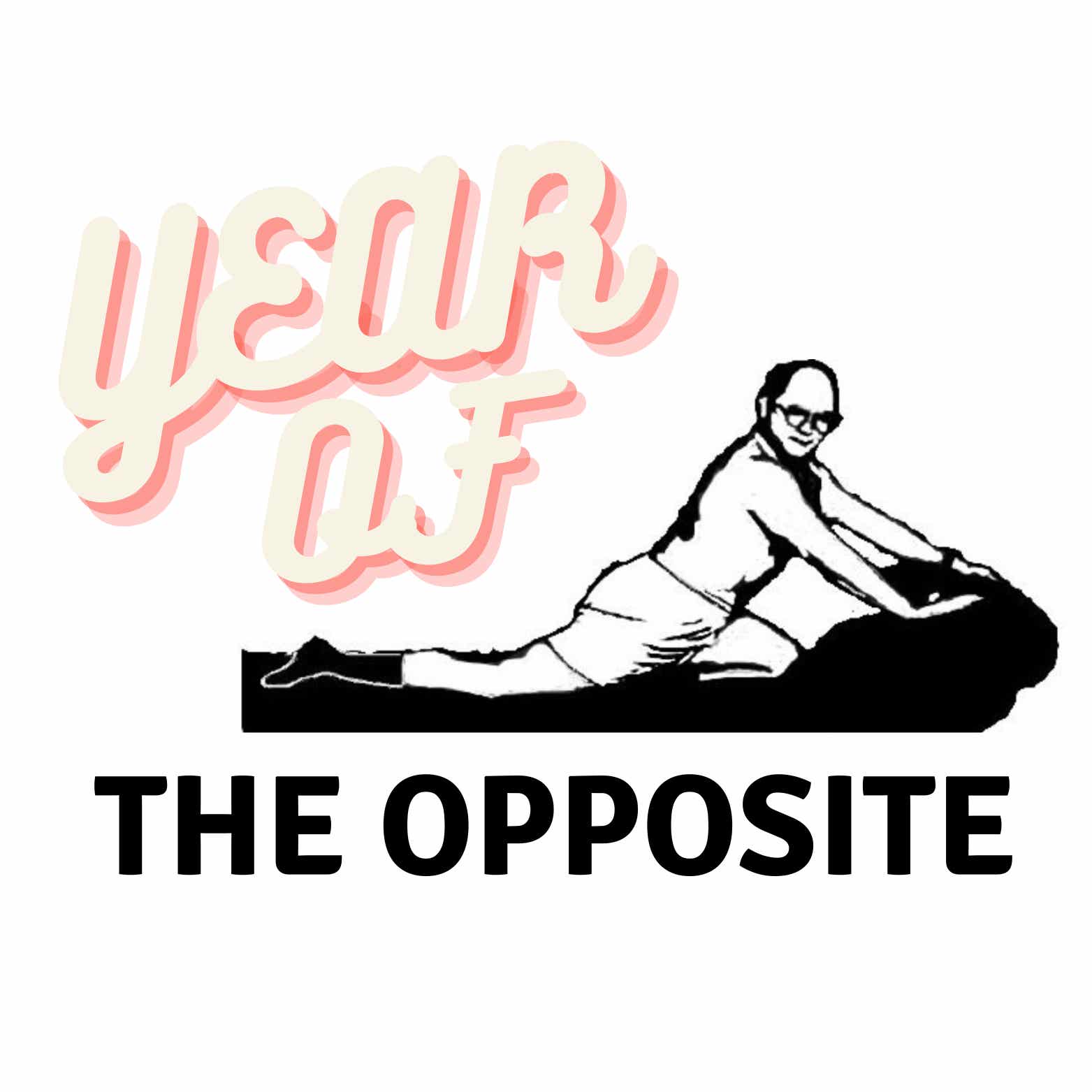Active Optimism vs. Passive Optimism: The Driving Force of Progress and Freedom
Description
Happy Memorial Day!
This week my 4 year old and I have been reading The United States Constitution. I read it for the first time in its entirety only last year. I was pretty ashamed of myself for it taking 41 years for me to read one of the best and most important works in modern history. It also made me sad to learn that only 10-25% of Americans have ever read the document in its entirety depending upon which study you believe. An informal survey of my friends suggests the figure could be even lower.
The US Constitution is amazing to me in a couple key ways. It amazes me how short it is while still conveying so many important topics in great detail. The writing is incredibly concise and beautiful. I now take the US Constitution for granted. But at the time, it was a truly remarkable achievement.
Drafted in 1787, the mere fact that it was a written constitution was pretty unique for the time. It also introduced the concept of separation of powers among three different branches of government to prevent power concentration. Then on top of that, it established federalism, dividing authority between the federal government and the states. Uniquely, it offered an extensive Bill of Rights to safeguard individual liberties and democratic principles, including a representative system where citizens elect their leaders, a radical departure from the then-dominant monarchies and autocracies. The US Constitution also provided for its own amendment allowing for adaptability to societal changes over time. Its innovative design has substantially influenced the formation of other constitutions worldwide.
This was all done over 230 years ago and it was pretty unique and innovative at the time. It established a system that enabled humans to flourish and for an unprecedented economic boom. While not flawless, the American system is truly impressive.
As you know, I often speak about progress, generally subscribing to the worldview of Steven Pinker and Hans Rosling, which asserts continual improvement in the world. Just this week, we witnessed extraordinary feats: Finnish electricity prices dropped below zero after the latest nuclear reactor was switched on, brain implants helped a paralysed man walk again, Elon Musk's brain implant firm Neuralink got approval for human trial, and for the first time ever, an all-electric vehicle — specifically the Tesla Model Y — is now the world’s best selling car.
But I have to remind myself. This progress wasn’t inevitable. This progress took a lot of hard work. This interview between Tim Ferriss and Kevin Kelly starting at 40 minutes reminded me. This progress can cause people to be lazy, ungrateful and unappreciative of the inventors and innovators that made this possible.
It’s the difference between Passive Optimism and Active Optimism.
* Passive Optimism is the form of optimism that tends to involve a belief or hope that things will turn out well, without taking direct action to influence the outcome. Passive optimists often have a positive outlook on life and expect good results, but they might not actively work towards these results. They believe that things will naturally fall into place or that external forces (like fate or destiny) will guide the situation towards a positive outcome. They generally think that things are out of their control or that they will inevitably get better regardless of their own actions.
* Active Optimism, on the other hand, involves not only having a positive outlook but also taking proactive steps to bring about desired outcomes. Active optimists believe in their ability to influence events and conditions for the better. They maintain a positive attitude while also setting goals, planning, problem-solving, and taking action to achieve the results they hope for. In essence, active optimism combines a positive mindset with proactive behavior.
While both forms of optimism can contribute to overall well-being and resilience, active optimism can be parti
More Episodes
The National Association of Realtors agreed to pay $418 million to settle an antitrust suit that showed that they colluded to inflate commissions, block competition, inflate US housing prices, and harm consumers. The $418 million might seem like a lot, but it’s less that a half percent (.5%) of...
Published 05/28/24
Published 05/28/24
Today I am going to complain and I feel gross about it because my life is amazing and no one wants to hear someone complain. But I want to share this story because I think it shows a side of humanity that people don’t talk about.
TLDR: Here’s the short version…
* I believe in active citizenship,...
Published 05/21/24


